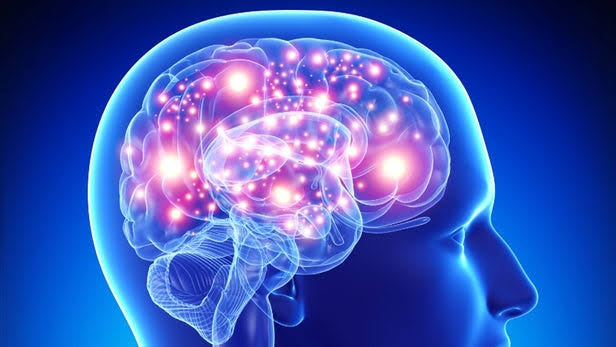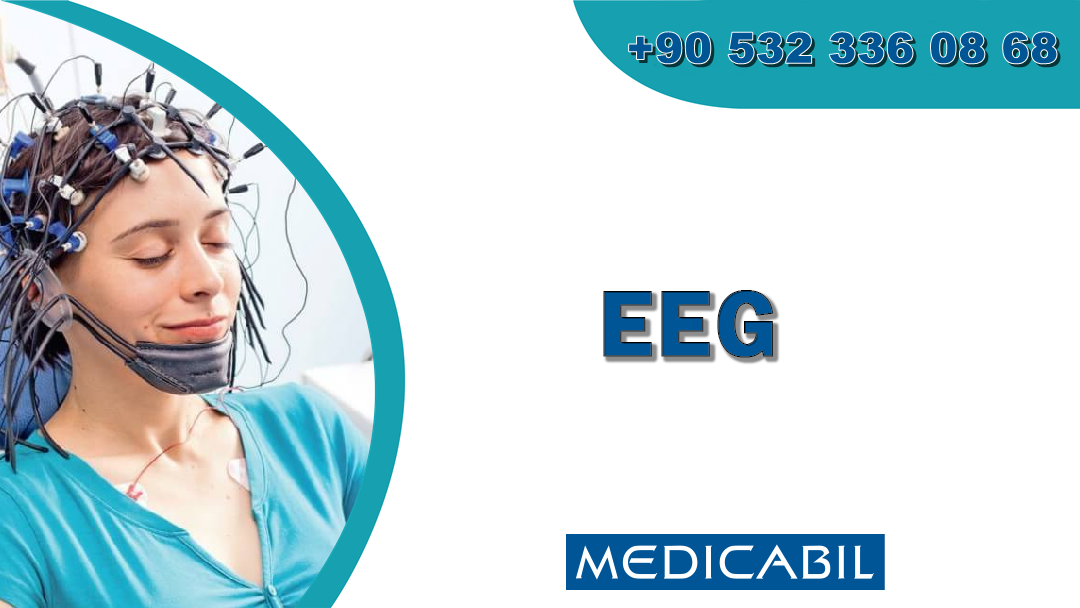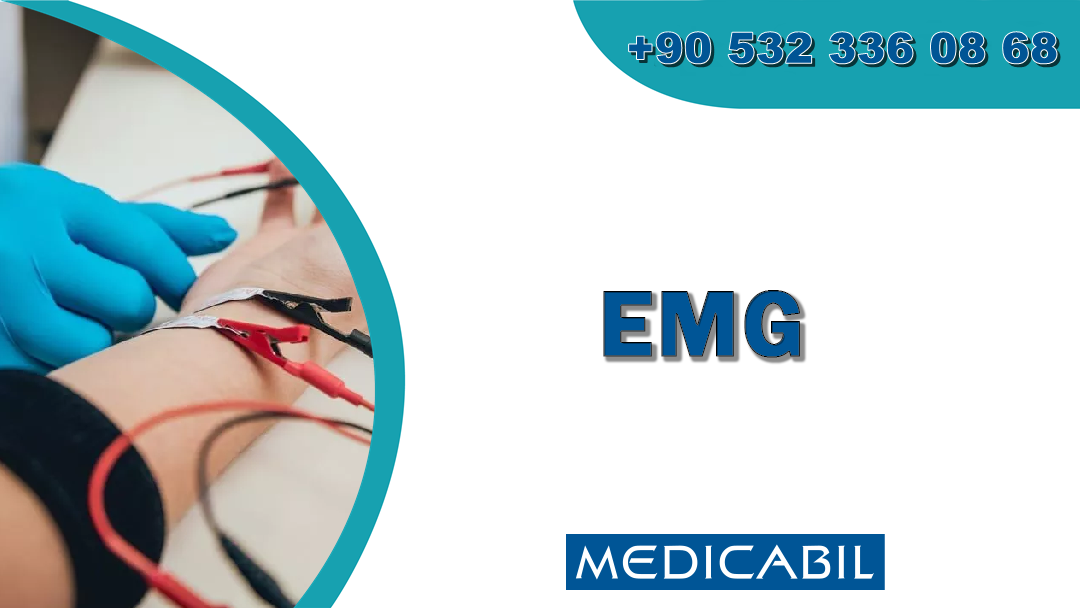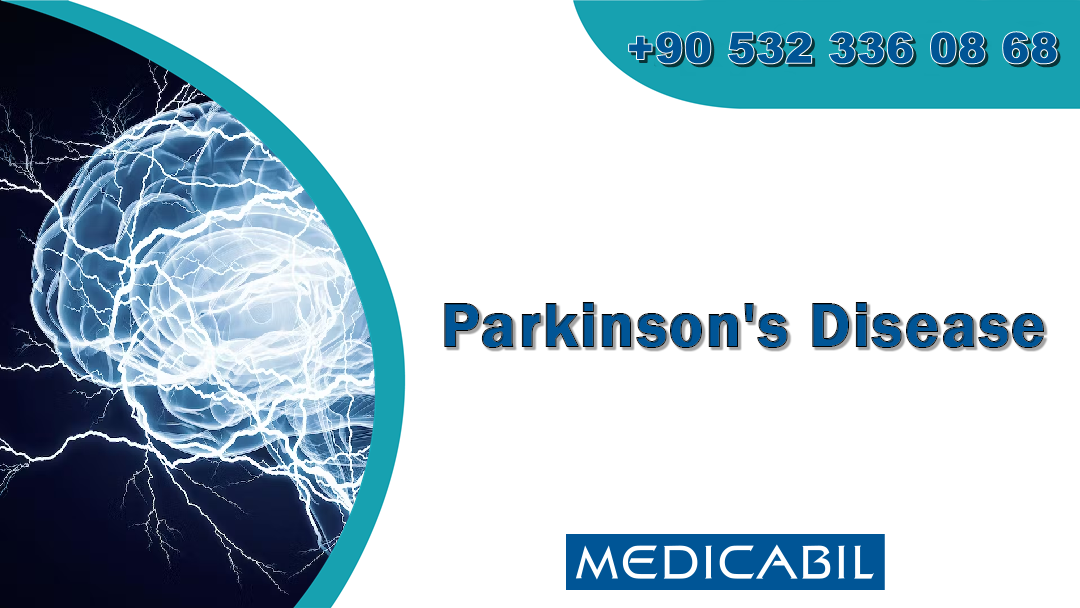Neurology
- Home
- Neurology
Neurological diseases and problems can affect almost every part of our body and can occur in both adults and children. Neurologist to medical doctors specializing in the diagnosis and treatment of diseases of the brain, spinal cord, and nerves. The related unit is called Neurology (Brain and Nerve Diseases) Department.
Who is a Neurologist?
A neurologist is a medical doctor who diagnoses and treats disorders of the brain and nervous system (brain, spinal cord, and nerves). A neurologist masters the anatomy and functions that affect our nerves and nervous system. Our nervous system, which is the command center of our body; It controls everything we think, feel and do, from moving our arms to the beating of our heart.
Who is a Pediatric Neurologist?
pediatric neurologist; Diagnoses and treats brain and nervous system disorders in children from newborn to adolescence. Many of the conditions they treat are the same as those seen in adults, in addition to hereditary and developmental conditions.
Who is a Neurosurgeon?
Brain surgeon; is a medical doctor who performs surgery on the brain, spinal cord, and nerves.
What Diseases and Conditions Do Neurologists Treat?
Some of the most common neurological disorders a neurologist can treat include:
- Alzheimer's disease and dementia,
- Amyotrophic Lateral Sclerosis (also called ALS or Lou Gehrig's disease),
- Brain injury, spinal cord injury or vascular malformations,
- Cerebral aneurysms and arteriovenous malformations,
- Cerebral Palsy and Spasticity,
- concussion,
- encephalitis,
- Epilepsy,
- facial pain syndromes,
- headache/migraine,
- Meningitis,
- Multiple sclerosis (MS disease),
- Myasthenia gravis and myopathies,
- Parkinson's disease,
- peripheral neuropathy,
- Sleeping disorders,
- Paralysis,
- Tremor, dystonia
How Do Neurologists Diagnose?
Your neurologist will tell you; may ask about your medical history, family history, medication history, and current symptoms. He will also perform a neurological examination, including some of the following tests, examinations and tests.
These tests are:
- Coordination, balance, reflexes and gait,
- Muscle strength,
- Sanity,
- Sight, hearing and speech,
- Feelings.
Your neurologist may also order blood, urine, or other tests to determine the severity and severity of the condition or to check drug levels. He or she may also order genetic tests to identify inherited disorders and tests that screen your nervous system to aid diagnosis.
Neurologists may treat patients with medications, physical therapy, or other approaches.
What are the Required Tests in the Neurology Unit?
Common neurological tests include:
Angiography: Angiography; It shows if the blood vessels in your brain, head or neck are blocked, damaged or in an unusual condition. Angiography can detect conditions such as aneurysms and blood clots.
Biopsy: It is the removal of a piece of tissue from your body. A biopsy can be taken from muscle, nerve or brain tissue.
Cerebrospinal fluid analysis: This test is the removal of a sample of the fluid surrounding your brain and spinal cord. This test; it can detect evidence of cerebral hemorrhage, infection, multiple sclerosis and metabolic diseases.
Computed tomography (CT), Magnetic Resonance Imaging (MR), X-ray and Ultrasound
Electroencephalography (EEG): This test measures your brain's electrical activity, helping diagnose seizures, infections such as encephalitis, brain damage, and tumors.
Electromyography (EMG): It records the electrical activity in the muscles. It is used to diagnose nerve and muscle disorders, spinal nerve root compression, and motor neuron disorders such as Amyotrophic Lateral Sclerosis (ALS).
Electronystagmography (ENG): This group of tests is used to diagnose involuntary eye movements, dizziness and balance disorders.
Evoked potentials: This test; It measures how quickly and fully the electrical signals from your eyes, ears, or skin are touched to reach your brain. It can help diagnose multiple sclerosis (MS), acoustic neuroma, and spinal cord injury.
Myelography: Helps diagnose spinal and spinal cord tumors, herniated discs, and fractures.
Polysomnogram: Measures brain and body activity during sleep and helps diagnose sleep disorders.
Positron emission tomography (PET): This imaging method can show tumors or be used to evaluate epilepsy, brain tumors, dementia, and Alzheimer's disease.
Single-photon emission computed tomography (SPECT): This imaging test can help evaluate tumors, infections, location of seizures, degenerative spine disease, and stress fractures.





